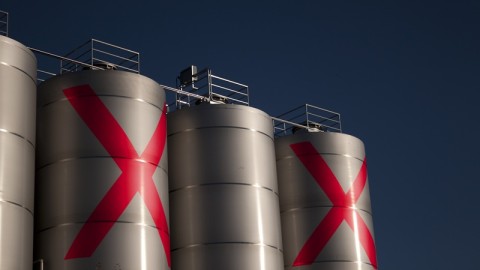Eliminating silos from any company’s supply chain planning processes comes with challenges. And those challenges are only amplified the bigger your supply chain is. When you’re a large global pharmaceutical company operating in more than 100 markets across four geographical regions, overcoming operational silos in the end-to-end supply chain may seem like an insurmountable feat. That’s how MSD ’s supply chain planning story began.
Supply chain planning challenges
Known as Merck & Co., Inc. in the US and Canada, MSD was desperately seeking a way to connect its end-to-end supply chain, which spans four planning hubs, over 80 distribution centers and more than 20 internal and external sites. Setting out on a journey to standardize its enterprise resource planning (ERP) platform meant finding a way to sync its supply chain data and enable access across all those divisions and locations to support better business decisions. Henrik Frojdh, Supply Chain Planning Lead at MSD, quickly realized the only way to elevate supply chain planning capabilities to support that level of synchronization and at the same time optimize inventory levels, was the adoption of an integrated solution – one that enabled end-to-end supply chain planning, visibility and decision-making. Concurrent planning was also a key capability of MSD’s new supply chain planning vision. By connecting people, process and data in a way that allowed Frojdh’s team to continuously plan, monitor and respond meant they could plan all supply chain nodes simultaneously. An always-on, in-memory planning engine was a vital component to this, and would mean creating plans would only take seconds. The improved visibility and insight into action provided by an integrated supply chain planning solution would allow MSD to plan more proactively and by exception, better understanding where demand was at risk, and ultimately aligning to the company’s first priority – its patients.
The journey to success
MSD’s vision is more effective supply chain planning, which in turn allows it to supply high-quality products to its customers at the lowest cost and with the shortest lead-time. To meet these goals, the company has undertaken a supply chain transformation initiative spanning global demand planning, global supply planning, distribution requirements planning (DRP) and sales and operations planning (S&OP). From a demand perspective, MSD now generates a consensus forecast that’s aligned with the financial plan. That forecast drives the fulfillment processes, leading to a more demand-driven supply chain and more effective asset utilization. This makes them a leader in the pharmaceutical industry, where most other companies still use a push planning model. On the supply side, MSD is differentiating inventory policies through segmentation analysis based on constant make, inventory replenishment levels and re-order point, while still respecting rhythms within its various sites. Changes to S&OP enabled MSD to make better decisions more aligned with commercial and financial needs. The company now models scenarios to assess alternatives and does deep dives on top products using the same data that drives everyday decision-making in its supply chain. Everything is connected.
Transformational results
While MSD is still in the early phases of its supply chain planning transformation, it has already achieved results. For the first time ever, the company now has:
- Global visibility of its inventory for all finished goods
- Exception-based planning for min/max inventory levels
- Replenishment strategies implemented across sites and hubs
- A governance structured with designated work stream leaders from across the company
Want to learn more about MSD’s supply chain planning transformation? Read our complete MSD case study, Removing Silos in End-to-End Supply Chain Planning.





Leave a Reply